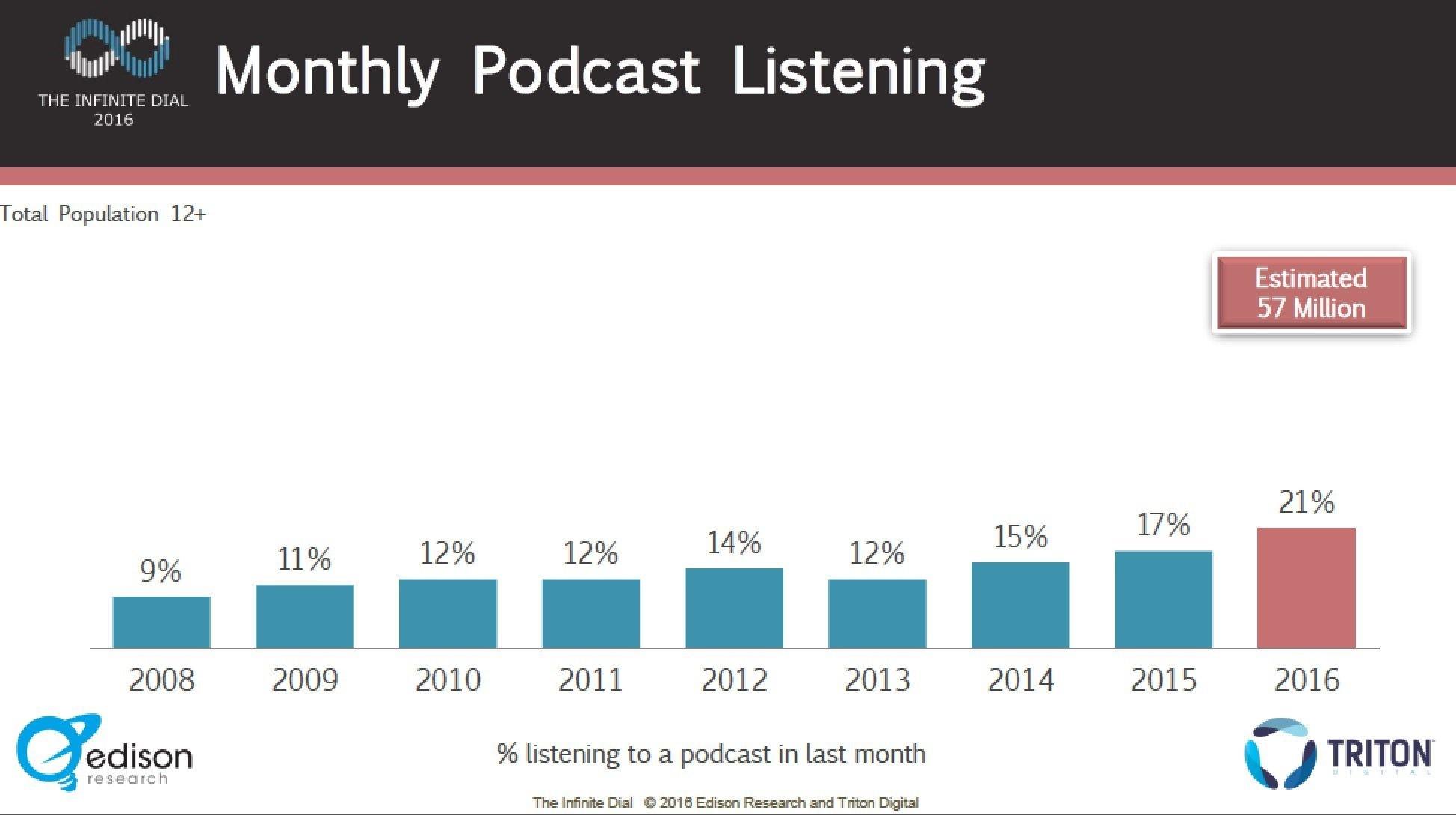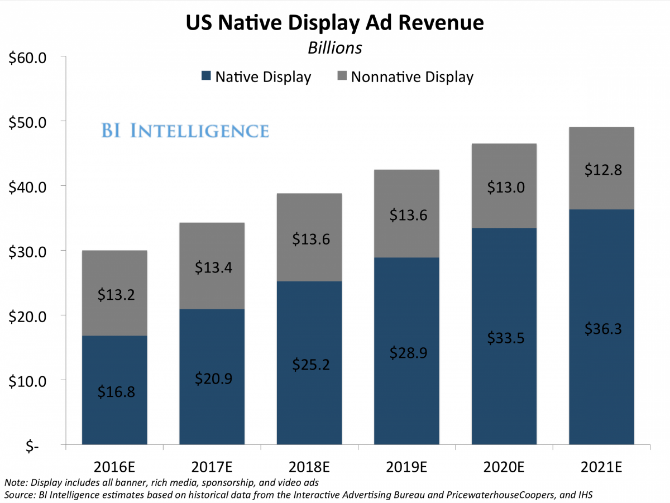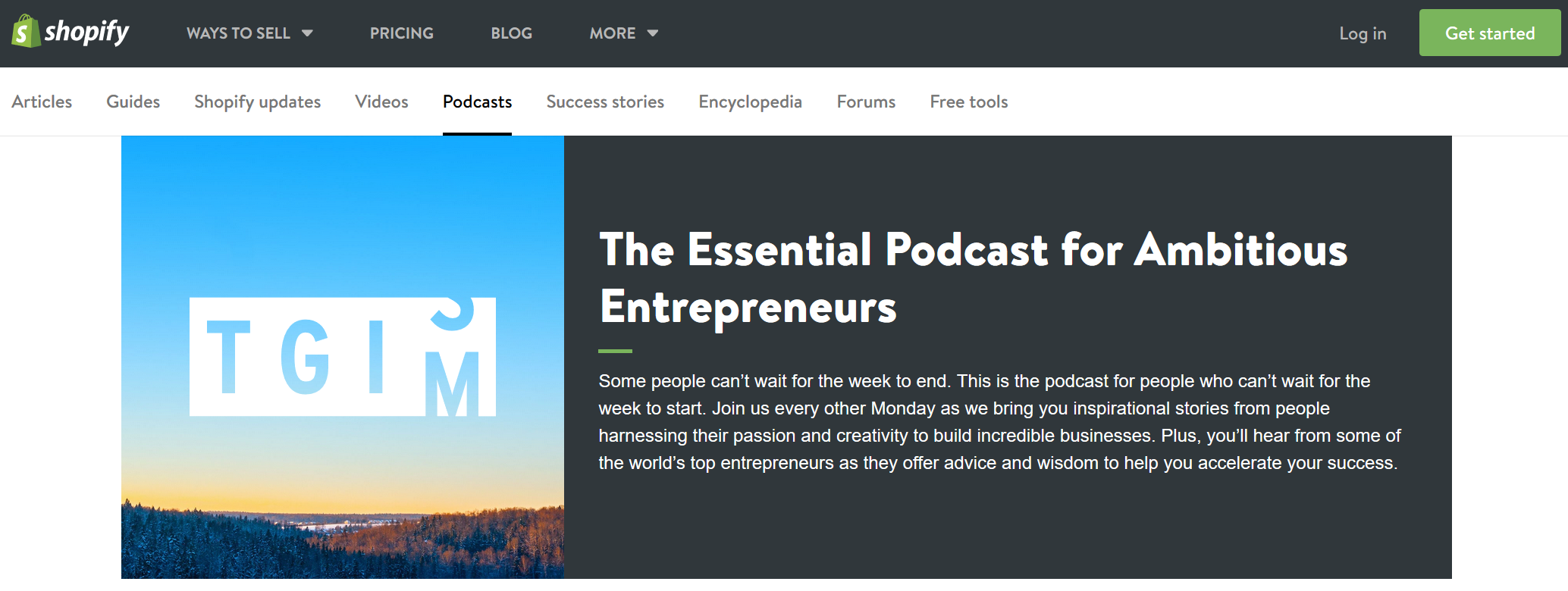Native advertising takes to the airwaves
Podcasting is becoming a force to be reckoned with
With around 57 million monthly listeners – an increase of 75 percent since 2013, it is clear that podcasting is not the flash in the pan that some predicted it would be. A 2015 report from the Tow Center for Digital Journalism suggests that podcasters are actively experimenting with a wide range of revenue streams including premium content, sponsorships and dynamic ad insertions.

According to The Nieman Lab’s Rex Sorgatz, there is good reason for advertisers to be attracted to the platform because even medium-sized podcasts can now command a $20-$50 CPM for a 60-second spot. Radio, on the other hand, grabs less than $2-$10 CPM. According to Sorgatz, among the many reasons for this: quality of the content, desirability of the audience, and intimacy of the ads.
Advertising is going native
The age of branded content or native advertising is also clearly upon us. For the uninitiated, native advertisements take on the look and feel of the content surrounding them. By 2021, native display ad revenue in the US, which includes native in-feed ads on publisher properties and social platforms, will make up 74 percent of total US display ad revenue, up from a 56 percent share in 2016, according to new BI Intelligence estimates. BI Intelligence breaks out native ads into three categories: social native, native-style display and sponsored content (also referred to as premium native).

According to the report, sponsored content, which is categorised separately from native display due to the direct relationship between publishers and brands in creating the format, will be the fastest-growing native format over the next five years. However, the high cost to produce these ads and the limitation in inventory will limit the format.
The rise of branded audio content
What makes podcasting so appealing to brands? “You’re going to get a growing number of people to spend 30 minutes with your brand on an ongoing basis in a way that may be very challenging to do with video or Facebook,” said Steve Pratt one of the founders of Pacific Content, a company that produces branded podcasts for Shopify, Slack and Envoy, an iPad-based, visitor-registration system.
Other common formats for branded audio content include radio programs, in-store and event radio stations, infomercials as well as point of sale audio and video.
Just like print media giants, including The New York Times and The Associated Press, have created internal native advertising studios offering services to brands, a number of the larger radio and podcasting companies are now launching their own branded audio studios.
Last year, iHeartMedia (formerly Clear Channel) Chairman and CEO, Bob Pittman announced the company was launching the “first branded audio studio for the digital era to prove the power of radio, the power of live content, and the power of cross-platform programming designed for a media world without walls.”
At the launch, the company said that the studio, called “iHeartMedia Soundboard,” would create the next generation of audio-video and live, experiential storytelling across radio, online, events, mobile, social and outdoor platforms.

Coca-Cola was one of the first companies to tap iHeartMedia Soundboard to create a branded podcast. The podcast series titled First Taste Fridays with Coca-Cola is targeted at teens and describes itself as a source for “first tastes of the hottest new music and behind the scenes artist interviews.”
“We have been talking to clients about the power of sound and a lot of clients haven’t been using sound or radio as storytelling platforms,” Gayle Troberman, Executive Vice President and CMO at iHeartMedia, told AdAge. According to Troberman, the challenge with much of the branded content out there is giving marketers large enough reach.
“Storytelling is what a brand like Coca-Cola is all about,” said Joe Belliotti, head of global music marketing, Coca-Cola. “We have done so much storytelling across print, TV, digital and social, now we are trying to bring that to radio.”
In June, iHeartMedia and co-working network WeWork announced that they are collaborating to bring live radio, branded podcasts and other content to WeWork’s more than 90 locations around the world. WeWork and iHeartMedia plan to work with brands to create sponsored podcasts focused on topics that relate to WeWork’s more than 60,000 members. The content will also be accessible to the rest of iHeartRadio’s 85 million registered users.
Going it alone![]()

Some brands are choosing to create and promote their own branded podcasts outside a major podcasting network. This is the route that Shopify decided to take when they hired Vancouver, CA-based Pacific Content to produce TGIM (Thank God It’s Monday), a podcast for people who can’t wait for the week to start. New episodes are published each Monday featuring ”inspirational stories from people harnessing their passion and creativity to build incredible businesses.”
Shopify content marketing manager Mark Macdonald told Strategy that its approach with TGIM is to build “a media asset that you control for the long term as opposed to renting some ad space temporarily. We really view it as an investment in our audience, our content and our merchants.”
While a branded podcast may not be a great fit for all brands, it does offer intimate, flexible storytelling in a space where more and more people are spending time.
More like this
Here are 10 podcasts that will make you a better editor, boss and marketer








